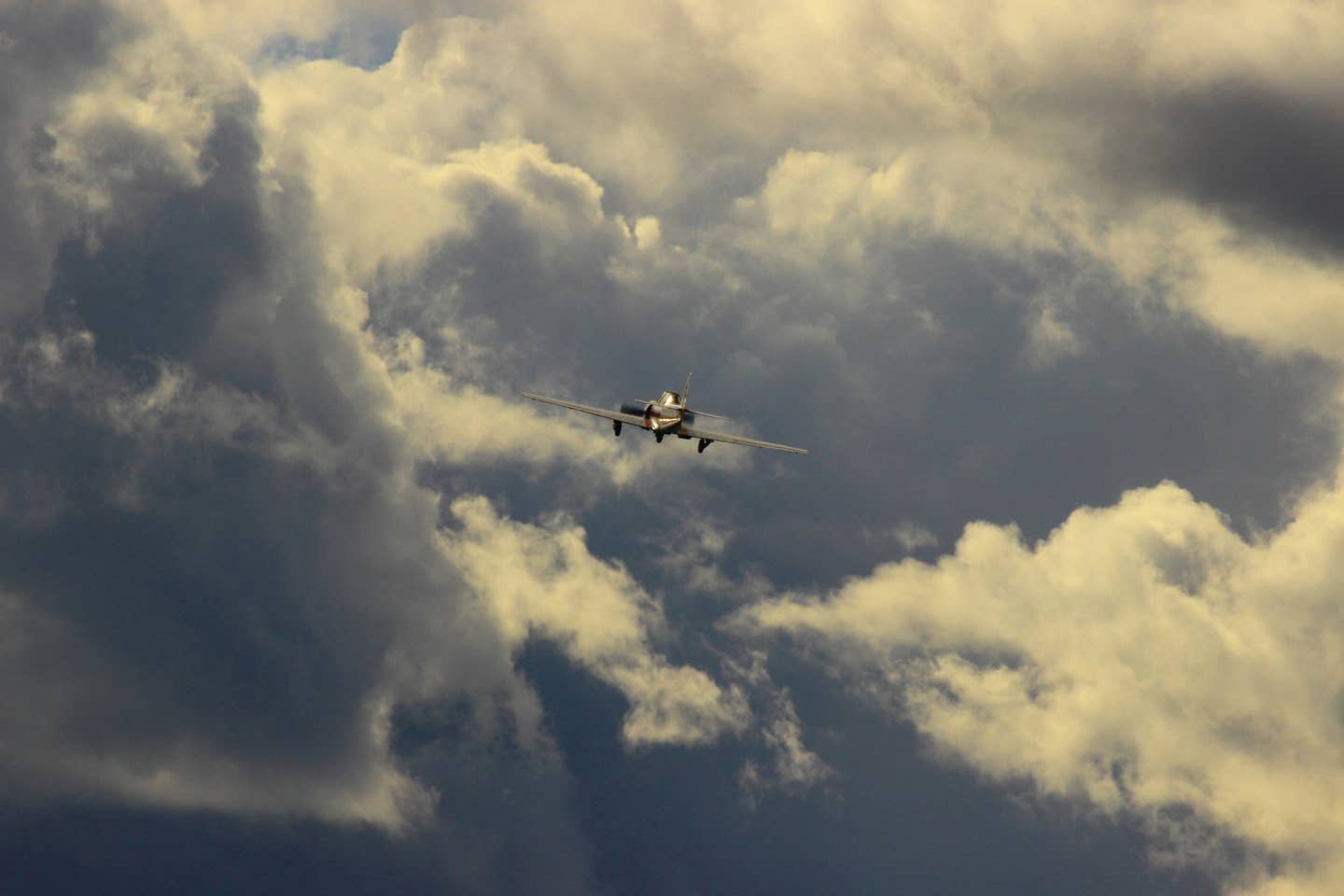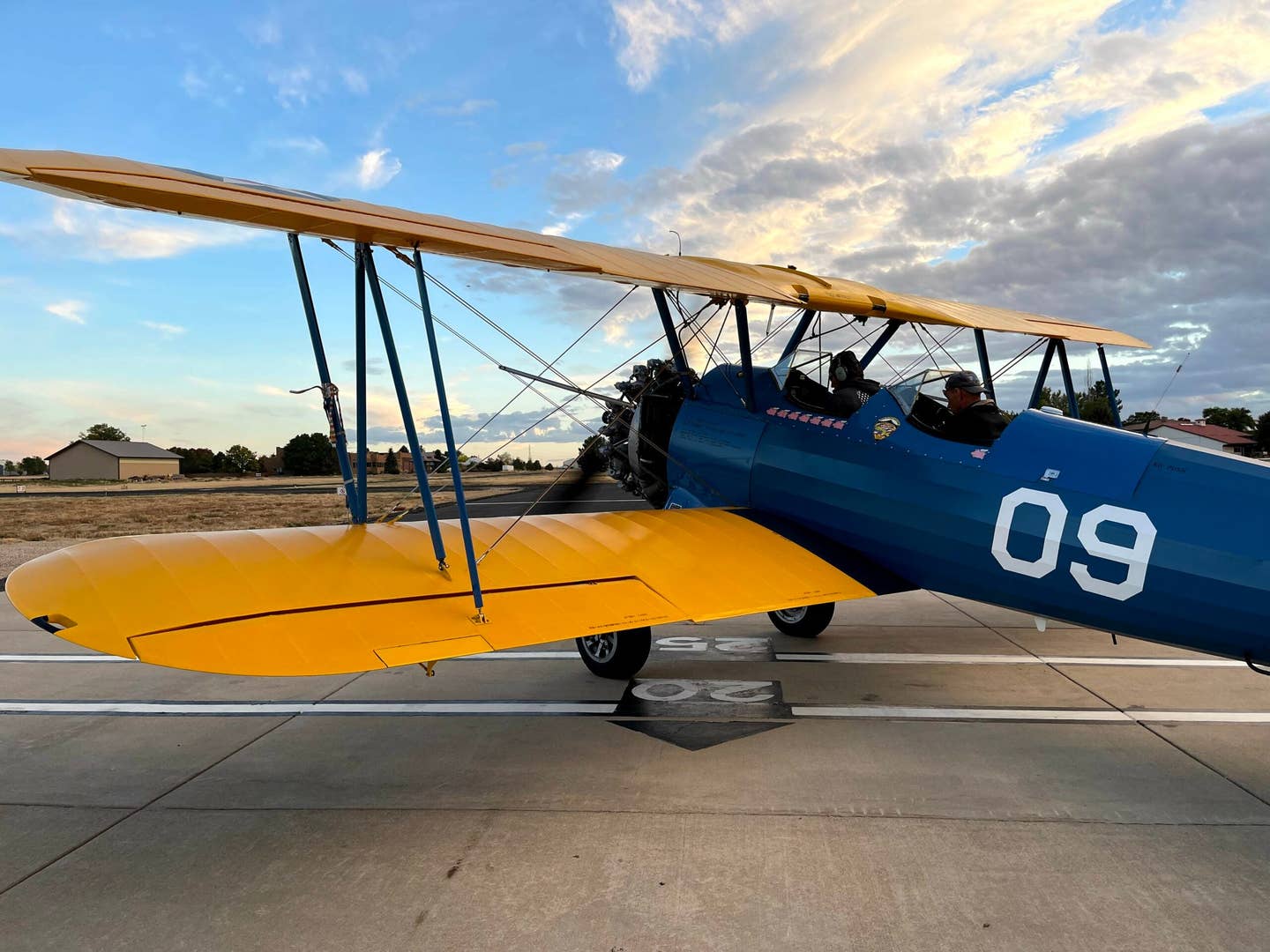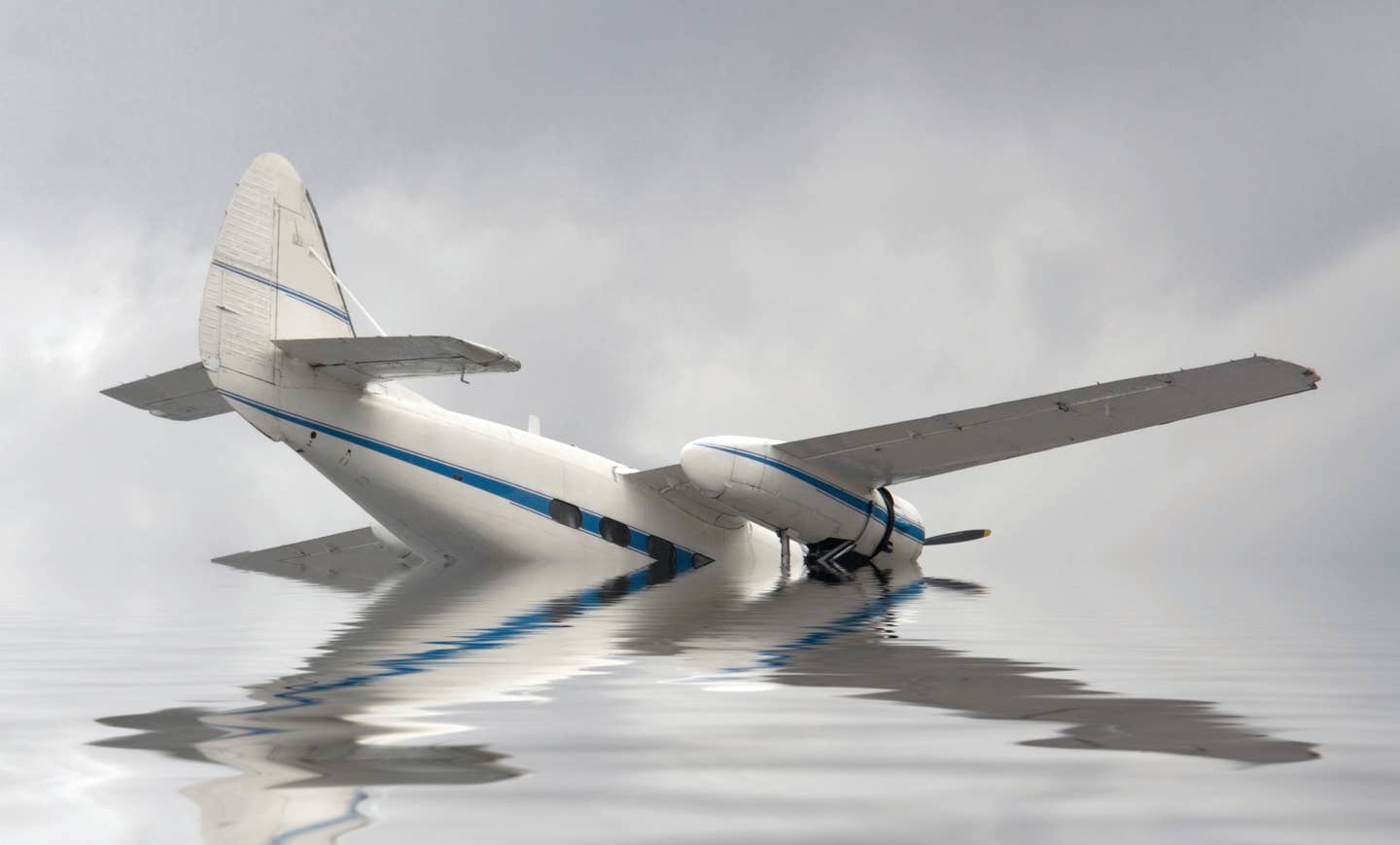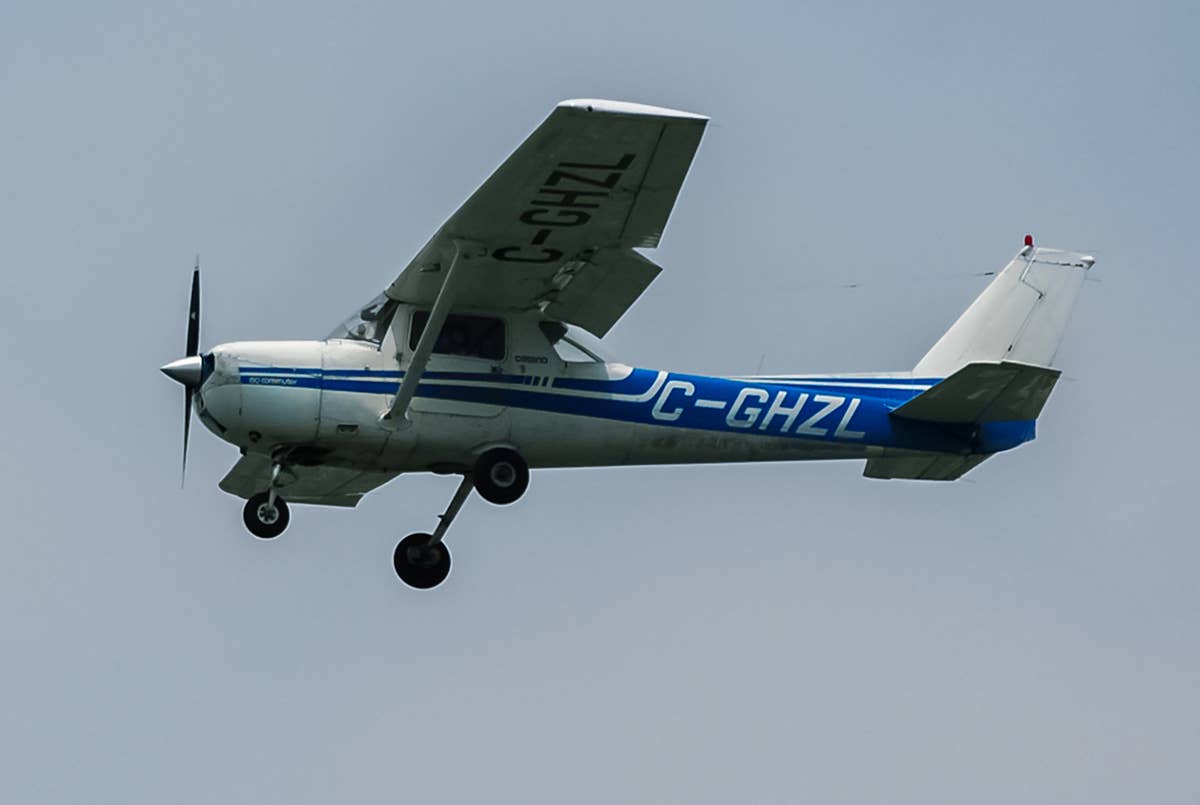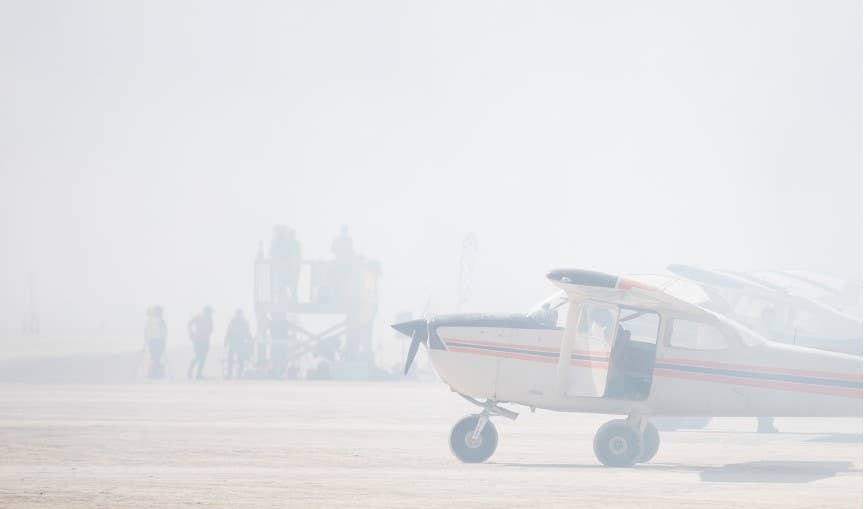Fatal Cirrus Accident Shows That Some Knowledge Doesn’t Translate
Helicopter pilot’s fixed-wing inexperience proved costly in a desert mountainside crash that killed four.

An aerial view of a sunny day on Bryce Canyon in the Utah desert. [iStock]
On a warm day in late spring, four professional helicopter pilots rented a Cirrus SR20 in North Las Vegas, Nevada, for a fishing trip to Bryce Canyon, Utah. Of the four, only one had an airplane rating.
After taking off from North Las Vegas Airport (KVGT) and flying 60 miles, they landed at Mesquite, Nevada (67L), where they added 10 gallons of fuel. The pilot with the airplane rating, who had flown the first leg, now ceded the left front seat to one of his companions, evidently with the idea of giving him some flight instruction. He moved to the right seat, and they performed several touch-and-gos before continuing toward Bryce Canyon, 105 miles distant.
If you're not already a subscriber, what are you waiting for? Subscribe today to get the issue as soon as it is released in either Print or Digital formats.
Subscribe NowThe terrain rises from around 4,000 feet msl near Mesquite to around 7,800 feet at Bryce. Between them is a pass at 8,500 feet. Shortly before reaching that pass, and still below 8,000 feet, the Cirrus stalled, flipped inverted, and crashed into a mountainside, killing all four men. The Cirrus was equipped with an Avidyne solid-state primary flight display that stored an array of flight and engine data. The memory module was undamaged, and investigators were able to reconstruct the flight in detail. The story it told was surprising.
To start, the airplane was about 225 pounds over gross weight when it left Mesquite. The air temperature on the ground near the accident site was 80 degrees, and the density altitude over 9,000 feet. At the time of the accident, the airplane was just a few hundred feet above the surface, barely climbing, and only 4 miles away from the 8,500-foot pass. Its indicated airspeed was around 70 knots, and for the three minutes before the loss of control, the stall warning had been sounding almost continuously. All the while, its 210 hp Continental engine was turning at a leisurely 2,300 rpm.
So many things are wrong with this picture that I hardly know where to begin. But let’s start with general mountain flying principles. The wind was from the southwest, so the airplane would not expect to encounter downdrafts in the pass. Nevertheless, because in mountainous areas winds close to the surface are unpredictable, it’s chancy to fly toward rising terrain with the idea that you will just make it over the next ridge. Better to circle and climb, and not approach the ridge until you have the altitude to safely clear it, and approach it at a 45-degree angle, in order to have room to turn away if you don’t have enough altitude. The Cirrus, which had reached as high as 7,847 feet, had actually begun to lose altitude, probably because of its very low airspeed, before the stall occurred.
Even overloaded, and despite the high density altitude, the Cirrus had sufficient power to climb at 375 fpm. But to do so would have required increasing the rpm to 2,700, the rated maximum. It would also have required maintaining the best rate-of-climb speed, which was 93 kias. At 2,300 rpm, the calculated rate of climb at 93 knots would have been 22 fpm. At the stall speed, it was zero or less.
As a helicopter professional, the airplane-rated pilot—he was legally the pilot in command, and we assume he was the pilot flying—may have felt comfortable flying from the right seat. But the instrument cluster was on the left, making it difficult for him to see the airspeed indicator. Still, the stall warning should have been airspeed indicator enough.
He was a very experienced pilot, with more than 5,600 hours. Only 160 of them, however, were in fixed-wing airplanes, and only 17 in the SR20. He had originally gained his airplane rating in an SR20 but then began renting an SR22, which has the same airframe but 100 more horsepower. He had not flown an SR20 for 18 months before this trip and used it only because the SR22 he usually rented was not available.
Two major errors, which are immediately obvious to a fixed-wing pilot, are the failure to fly at the best rate-of-climb speed and the failure to increase rpm to make use of all the power available. The low speed may possibly be explained by the pilot wanting to use the best angle-of-climb speed, or by the fact that the best rate-of-climb speeds of helicopters are generally lower than those of fixed-wing airplanes, usually around 60 or 70 knots. As for the rpm, main rotor rpm is not normally used in setting power in a helicopter. Rotor rpm is set at a customary value and remains there, while power is controlled by throttle and, in both turbine and most modern reciprocating-engine helicopters, some type of automatic correlation or linkage with the collective, which controls the average pitch of the main rotor blades. It’s not hard to imagine that fixed-wing power-setting practices might be eclipsed by the ingrained habits of a helicopter pilot with limited fixed-wing experience who flies helicopters daily but airplanes only seldom.
- READ MORE: A Night Flight Leads a Pilot to a Tragic End
That the stall warning could have been allowed to sound for several minutes also seems incredible, but helicopters do not stall. Perhaps the pilot imagined that he could safely fly at what he believed to be the best angle-of-climb speed and that the stall warning was a mere unavoidable nuisance.
The National Transportation Safety Board (NTSB) blamed the accident on the “pilot’s failure to maintain sufficient airspeed and airplane control,” to which his assumed lack of experience operating heavily loaded airplanes in a high-density-altitude environment contributed. The NTSB made no effort to explain the egregious failure to use an appropriate speed and all available power, to circle to climb, or to stay well clear of the terrain. The agency did, however, report that the pilot had previously been admonished for overloading an airplane, gone out of his way to conceal his overloading of this one, and was prone to “try to circumvent things” with employees of the rental firm. The NTSB may think that imperfect morals predispose pilots to accidents, but in this case the cause was not overloading by a few percent nor the intent to deceive the renters about it. It was the blatantly faulty management of the airplane.
I used to visit Robinson Helicopter Co. in Torrance, California, from time to time, and founder Frank Robinson, always very cordial and hospitable, would send up one of his pilots with me for a little jaunt to administer CPR to my four-decade-old, but seldom used, helicopter rating. Once he flew with me himself and cautioned me against a too-abrupt forward push on the cyclic. He said this was an error to which fixed-wing pilots were prone when startled, for instance, by the sudden appearance of conflicting traffic. It was harmless in a fixed-wing airplane but dangerous in a helicopter, because the main rotor blades could strike the tail boom. He preferred that helicopter pilots learn to fly in helicopters and not come to them polluted by fixed-wing habits.
It works both ways.
Note: This article is based on the National Transportation Safety Board’s report of the accident and is intended to bring the issues raised to our readers’ attention. It is not intended to judge or reach any definitive conclusions about the ability or capacity of any person, living or dead, or any aircraft or accessory.
This column first appeared in the January-February 2024/Issue 945 of FLYING’s print edition.

Subscribe to Our Newsletter
Get the latest FLYING stories delivered directly to your inbox


